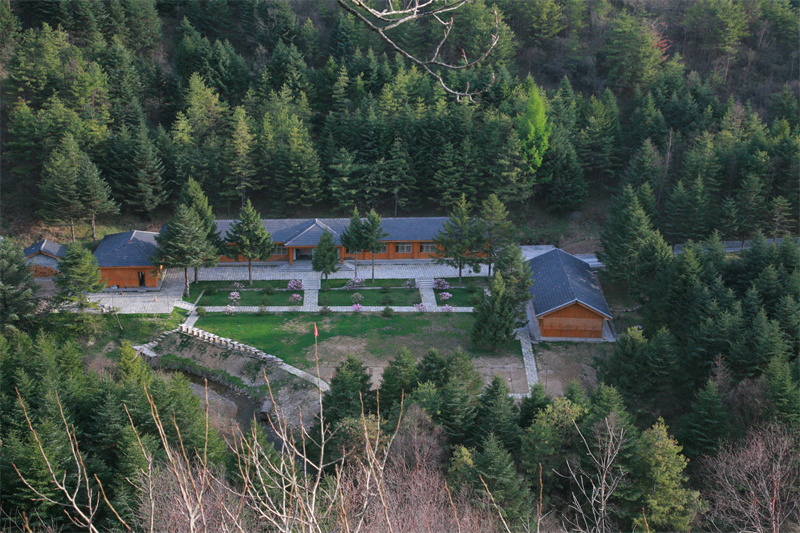Nestled within the breathtaking Shennongjia National Park in Hubei Province, the Dalongtan Golden Monkey Research Base offers international visitors a rare opportunity to observe one of China's most endangered primates—the Shennongjia golden snub-nosed monkey (Rhinopithecus roxellana hubeiensis). This world-class research and conservation facility provides an unforgettable wildlife experience combined with cutting-edge scientific work.
About the Golden Snub-Nosed Monkeys
The golden snub-nosed monkeys at Dalongtan are:
A critically endangered subspecies found only in the Shennongjia forest
Distinctive for their golden-orange fur, especially striking on males
Highly social animals living in complex family groups
Vegetarians feeding primarily on lichens, leaves, and fruits
Excellent climbers adapted to life in cold mountain forests
Highlights of Dalongtan Research Base
1. Close Wildlife Encounters
The base is home to over 100 habituated golden monkeys that researchers have individually named and studied for years.
2. Scientific Observation Points
The facility features:
Special viewing platforms that allow observation without disturbing the monkeys
Interactive displays explaining monkey behavior and communication
Audio equipment to hear the monkeys' various vocalizations (researchers have identified nearly 20 distinct calls)
3. Breeding and Conservation Success
Population has grown from 2 groups (501 monkeys) to 11 groups (1,618 monkeys) since conservation began
Habitat area expanded from 85 km² to 401 km²
March-May is baby season—visitors might spot newborns clinging to their mothers
4. Educational Facilities
Golden Monkey Museum with interactive exhibits
Rescue center where injured or elderly monkeys receive care
Research displays showcasing 19 years of scientific work including:
100+ published papers
6 national patents
5 provincial science awards
Best Time to Visit
Optimal Seasons:
April to October (peak viewing conditions)
March-May for baby monkey sightings
June-August for lush greenery (though warmer)
September-October for comfortable temperatures
Daily Timing:
Early morning (6-9 AM) when monkeys are most active
Late afternoon feeding times
Avoid:
November-February when cold weather may limit access
Heavy rain days when trails become slippery
National holidays (October 1-7) due to crowds
Travel Tips
1. Getting There
From Wuhan/Yichang: Take bus to Xingshan County, transfer to shuttle to Muyu Town (base is 12km away)
From Chongqing: Boat to Badong Port + bus to Shennongjia
Local transport: Hire private van (¥150-200 for 5 people) from Muyu or Songbai towns
2. Park Essentials
Location: Adjacent to Xiaolongtan, gateway to Shennongjia Grand Canyon
Hours: 8:00 AM - 5:00 PM daily
Fees: Included in Shennongjia National Park ticket (¥130-¥300 depending on areas visited)
3. What to Bring
Warm layers (high altitude = cooler temperatures)
Waterproof hiking shoes
Binoculars/camera with zoom lens
Cash (credit cards not widely accepted)
Sun protection (hat, sunscreen)
4. Responsible Viewing
Keep quiet—sudden noises stress the monkeys
No flash photography
Don't feed or touch the animals
Stay on marked paths



































